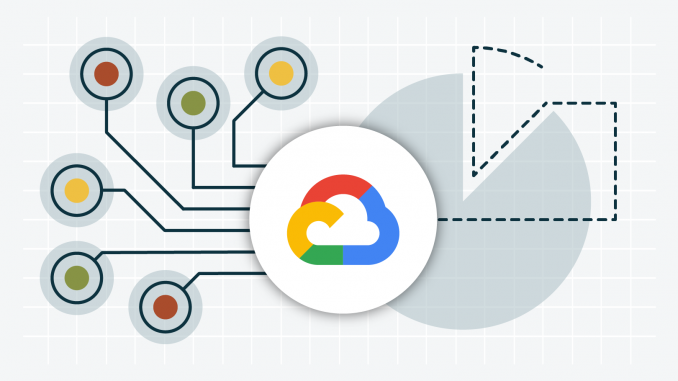
Welcome to the third and final part of our blog series about the future of digital marketing. If you missed the first two, “Changing Regulations & OS/Browser Tech” and “Your Transition to Secure, First-Party Compute,” be sure to check them out now!
The Transition to Data Modeling
We need to use modeling when we need to estimate a value from a population we can’t measure directly. If we’re able to measure samples of the population, perhaps we can extrapolate that to the larger population. The platforms will handle some of this modeling, i.e., Google’s Modeled Conversions, but organizations will need to do this independently.
We deterministically measure if we have access to all the parameters. Probabilistic measurement lets us approximate the values in the absence of the parameters. In the simple example above, we’d likely resort to probabilistic methods if we lack the “area of batman” parameters. To translate that to the digital measurement space, we need to consider that cookie identifiers are disappearing, so we need to model new ways to measure conversions.
While most marketers get a sense of dread when considering this, we at Adswerve consider this a dramatic improvement in measurement. We say this because the current deterministic methods have significant holes in data. Modeling allows you to measure a population’s whole, not just those who didn’t delete cookies. This method also preserves privacy.
Explainable, Responsible AI
As we transition into modeling, we need to make sure we understand our models’ effect on the populations they influence. Using new tooling and frameworks, our data scientists can evaluate models in all their permutations and quantify the aggregate impact utilizing the lens of equity and fairness. Explainable, responsible AI is not easy work but is essential nonetheless.
Not only do these techniques improve the interpretability of your models – by learning from what they learned – they also enhance their trust and quality.
Being able to explain the reasons why your models work the way they do means you can make responsible decisions to improve them. For more information or help with modeling, reach out and our experts will be in touch.
The post The Future of Digital Marketing Part Three: What’s Next for Digital Marketing Analysis? appeared first on Adswerve.

Leave a Reply